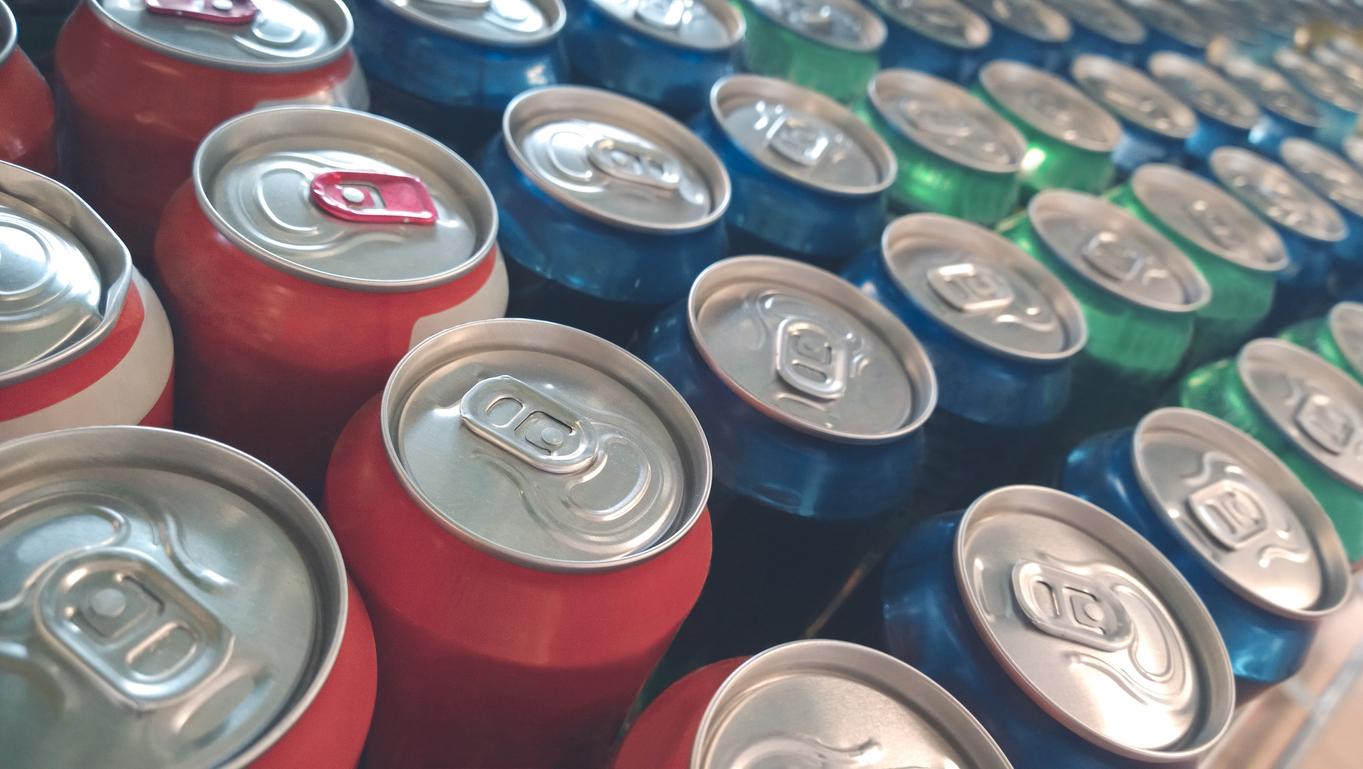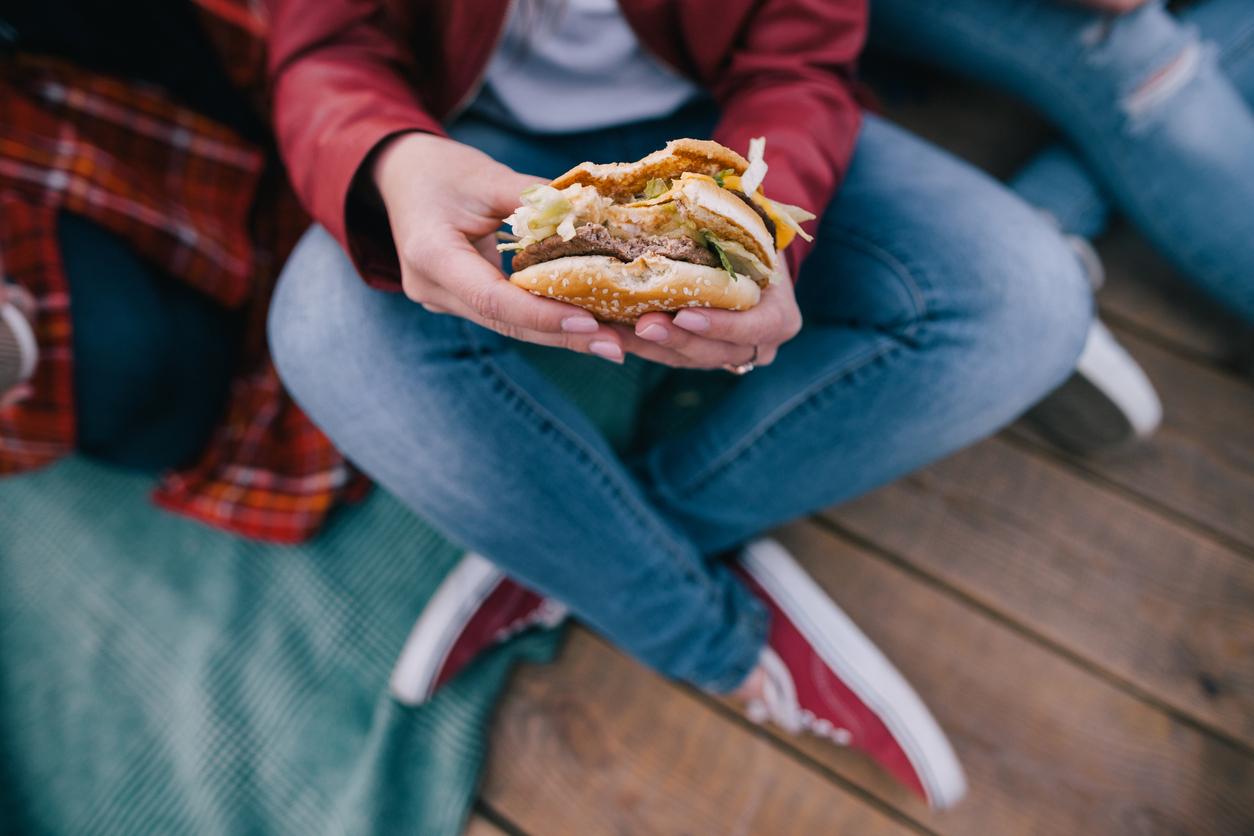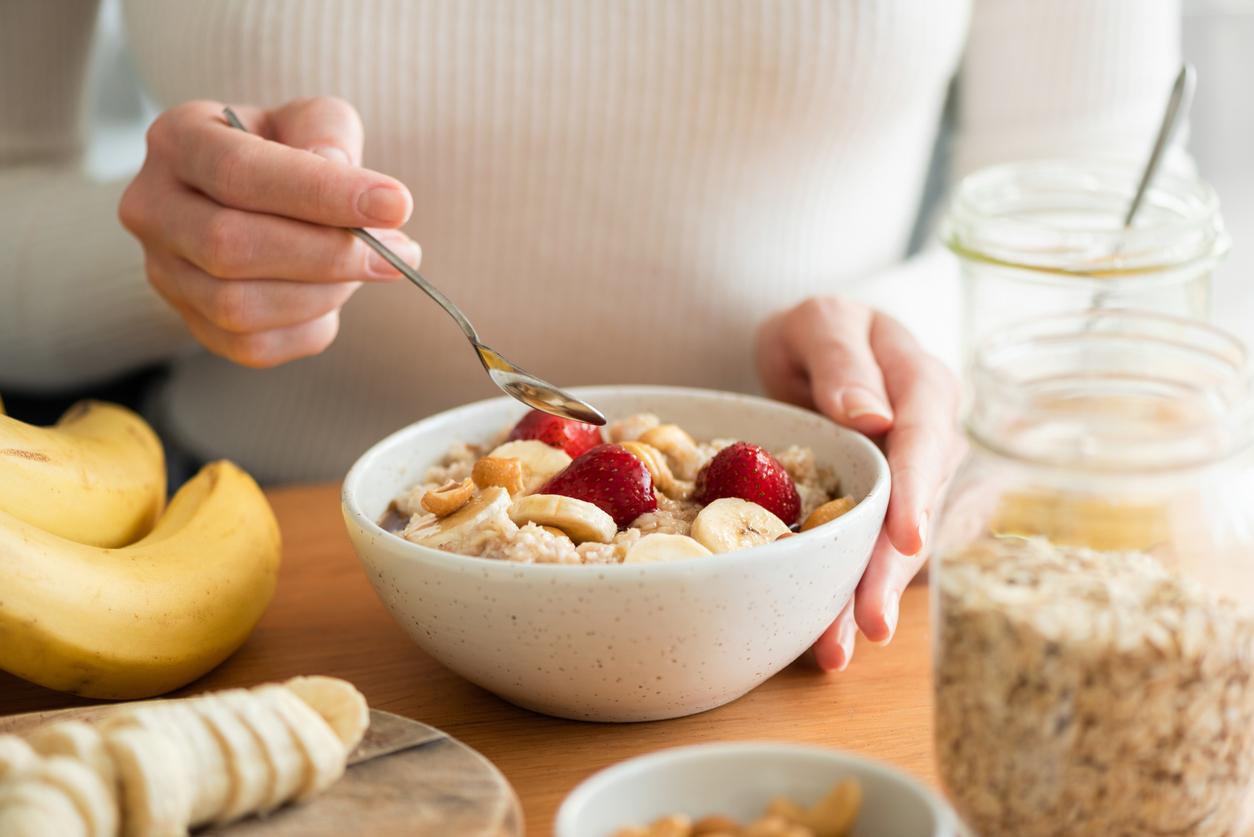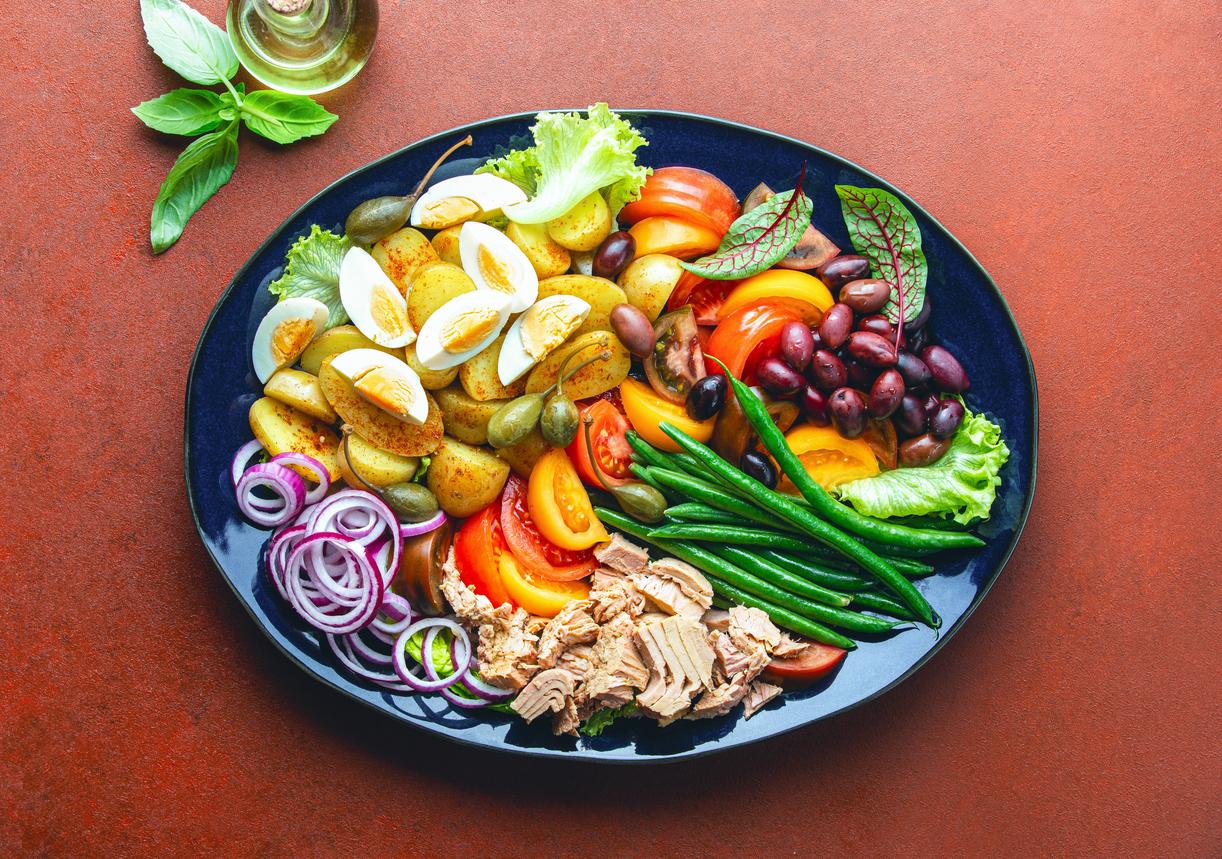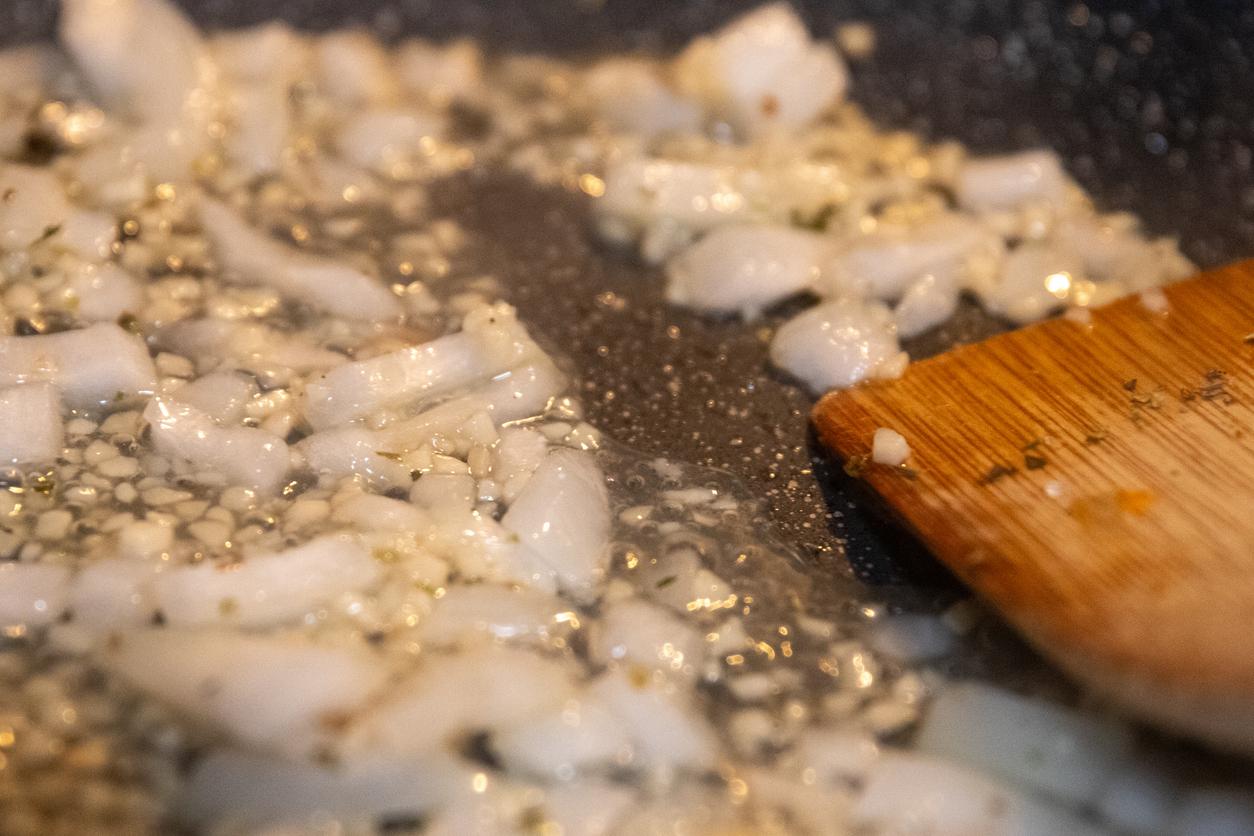The plastic itself, that is, polypropylene, is safe. The problem is all the chemicals that manufacturers put in plastic to make it more flexible, more resistant, colored, transparent, ”explains Philippe Perrin, eco-nurse. With use, these chemical compounds can migrate to food and therefore end up on the plate. This migration phenomenon is favored by certain factors: heat, the fatty substance content of the food, its high salt content and the aging of the container. And if this migration poses a problem, it is because some of these chemical compounds have toxic effects, proven for some, suspected for others. This is the case of phthalates, used to soften PVC in some plastic containers but also in stretch film. “All are not to be considered in the same way, writes Dr. Laurent Chevallier in his“ Antitoxic Book ”. Some have a fairly pronounced migration rate while it is negligible for others, according to current scientific data. »But some phthalates being classified as endocrine disruptors, caution is in order. Another identified risk compound: bisphenol A. Better known under the name of BPA, it is found in polycarbonate plastics and epoxy resin (interior coating of cans). “It represents a danger for fertility, and many studies consider that it promotes the development of diabetes and overweight. Exposure during fetal life could subsequently promote the development of breast and prostate tumors. BPA is also implicated in certain neurobehavioural disorders of the agitation type, ”explains Dr Laurent Chevallier. Fortunately, BPA is banned in bottles and containers with baby food. In 2015, it will be used in all packaging plastics.
Silicone molds
They are practical, especially for aficionados of muffins, madeleines and other small cakes that are not always easy to unmold. But are they risk free? “Silicone is a priori. But what do manufacturers put in them to color them, to make them transparent? We do not know, however, used at high temperatures, these chemical compounds can be redeposited in food, ”says Philippe Perrin, eco ‑ nurse. As a precaution, we keep them for occasional use and we choose quality products (therefore more expensive). Before using them for the first time, it is advisable to heat them filled with water only.
How to Limit the Risks?
The ideal would be not to use any plastic food container, given the lack of information on their components and the lack of perspective on their possible effects on health. If we really care, we take some precautions.
We select the plastic by referring to the small triangle in relief and its number inside. Avoid 7: it is the class of “miscellaneous” plastics that may contain bisphenol A(BPA). And, as a precaution, the 6 and 3, because depending on their origin, they can also contain.
You no longer heat your food in the microwave in a plastic container; glass containers are rehabilitated, covered with a plate and not with stretch film.
Avoid foods that have been in the plastic for a long time. “The migration doses are monitored, but when the coatings are made of so-called” epoxy “material, they may contain BPA. Caution is therefore required, especially since the migration standards accepted today may no longer be accepted tomorrow in the light of new scientific work, ”warns Dr. Laurent Chevallier. For the same reasons, glass jars and bottles are preferred to metal cans and cans.
Plastic utensils are also avoided: spoon, spatula, ladle … They may contain BPA, formaldehyde as well as certain flame retardants recognized as endocrine disruptors. If used, it is avoided to subject them to temperatures above 70 ° C. Be careful also with small household robots: we check the absence of BPA.
We do not reuse plastic bottles, especially to put fruit juice in them, because citric acid attacks the plastic and promotes the release of antimony, a metal classified in group 2B (possible carcinogen).








